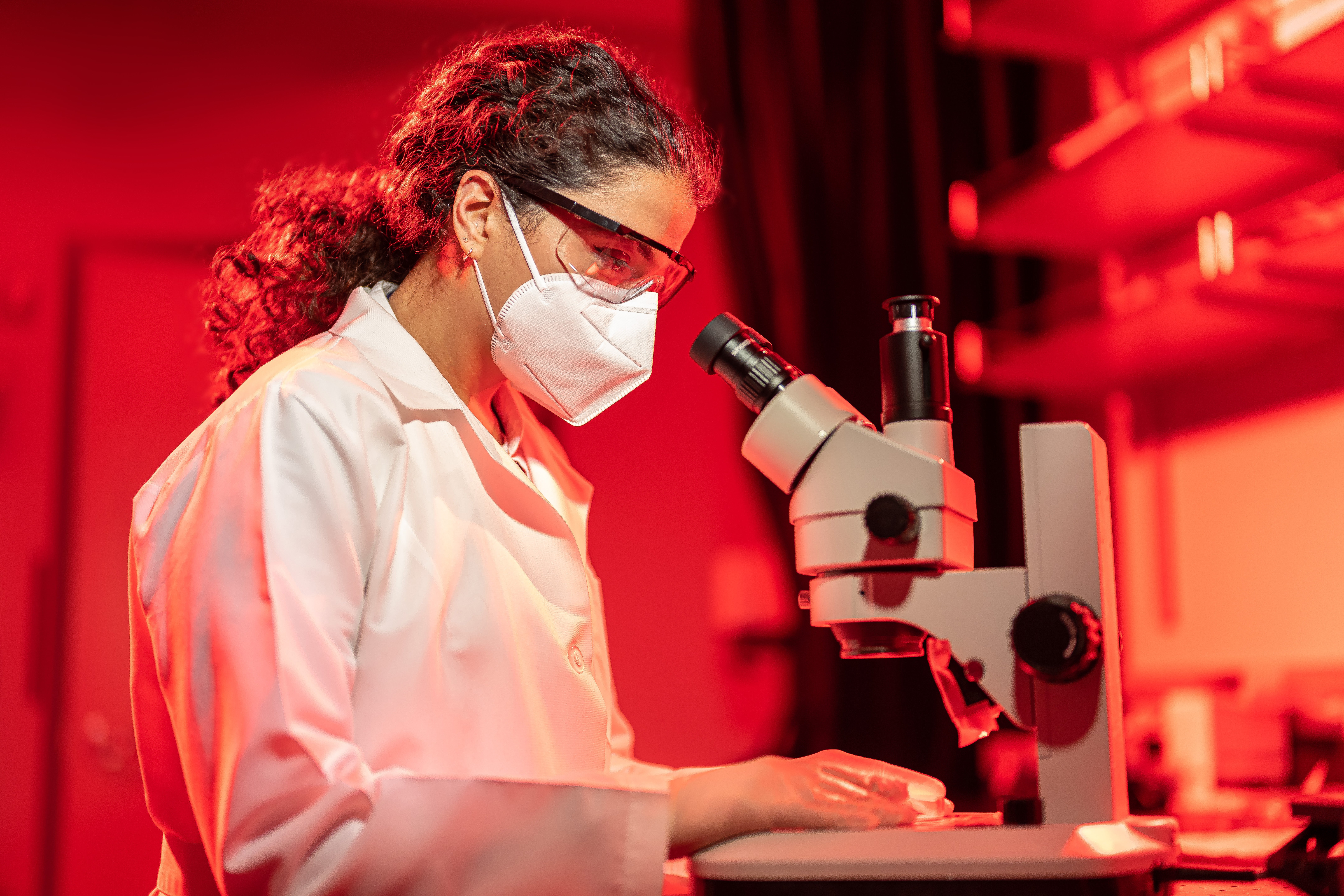Vision scientists revive light-sensing cells in organ donor eyes
The findings will allow scientists to study human vision in a way that is not possible with animal eyes.

Your support helps us to tell the story
From reproductive rights to climate change to Big Tech, The Independent is on the ground when the story is developing. Whether it's investigating the financials of Elon Musk's pro-Trump PAC or producing our latest documentary, 'The A Word', which shines a light on the American women fighting for reproductive rights, we know how important it is to parse out the facts from the messaging.
At such a critical moment in US history, we need reporters on the ground. Your donation allows us to keep sending journalists to speak to both sides of the story.
The Independent is trusted by Americans across the entire political spectrum. And unlike many other quality news outlets, we choose not to lock Americans out of our reporting and analysis with paywalls. We believe quality journalism should be available to everyone, paid for by those who can afford it.
Your support makes all the difference.Scientists have been able to wake up light-sensing cells in organ donor eyes, a discovery which could help to develop treatments to improve vision.
The researchers were also able to make the cells talk to each other the way they do in the living eye.
The discoveries are part of a series that stand to transform brain and vision research, the experts suggest.
They will allow scientists to study human vision in a way that is not possible with animal eyes.
We were able to make the retinal cells talk to each other, the way they do in the living eye to mediate human vision
Lead author Fatima Abbas, from the John A Moran Eye Centre at the University of Utah, said: “We were able to wake up photoreceptor cells in the human macula, which is the part of the retina responsible for our central vision and our ability to see fine detail and colour.
“In eyes obtained up to five hours after an organ donor’s death, these cells responded to bright light, coloured lights, and even very dim flashes of light.”
While initial experiments revived the cells, they appeared to have lost their ability to communicate with other cells in the retina, and the team identified oxygen deprivation as the reason behind this.
To overcome the challenge, Scripps Research Associate Professor Anne Hanneken, was able to get organ donor eyes in under 20 minutes from the time of death.
And Moran Eye Centre scientist Frans Vinberg, designed a special transportation unit to restore oxygenation and other nutrients to the eyes.
He also built a device to stimulate the retina and measure the electrical activity of its cells.
Dr Vinberg said: “We were able to make the retinal cells talk to each other, the way they do in the living eye to mediate human vision.
“Past studies have restored very limited electrical activity in organ donor eyes, but this has never been achieved in the macula (part of the retina at the back of the eye), and never to the extent we have now demonstrated.”
Researchers suggest the process they demonstrated is a transformative technical advance that can help scientists develop a better understanding of neurodegenerative diseases, including blinding retinal diseases such as age-related macular degeneration.
Dr Vinberg said: “The scientific community can now study human vision in ways that just aren’t possible with laboratory animals.
“We hope this will motivate organ donor societies, organ donors, and eye banks by helping them understand the exciting new possibilities this type of research offers.”
Prof Hanneken explained: “Until now, it hasn’t been possible to get the cells in all of the different layers of the central retina to communicate with each other the way they normally do in a living retina.
“Going forward, we’ll be able to use this approach to develop treatments to improve vision and light signalling in eyes with macular diseases, such as age-related macular degeneration.”
The findings are published in the Nature journal.